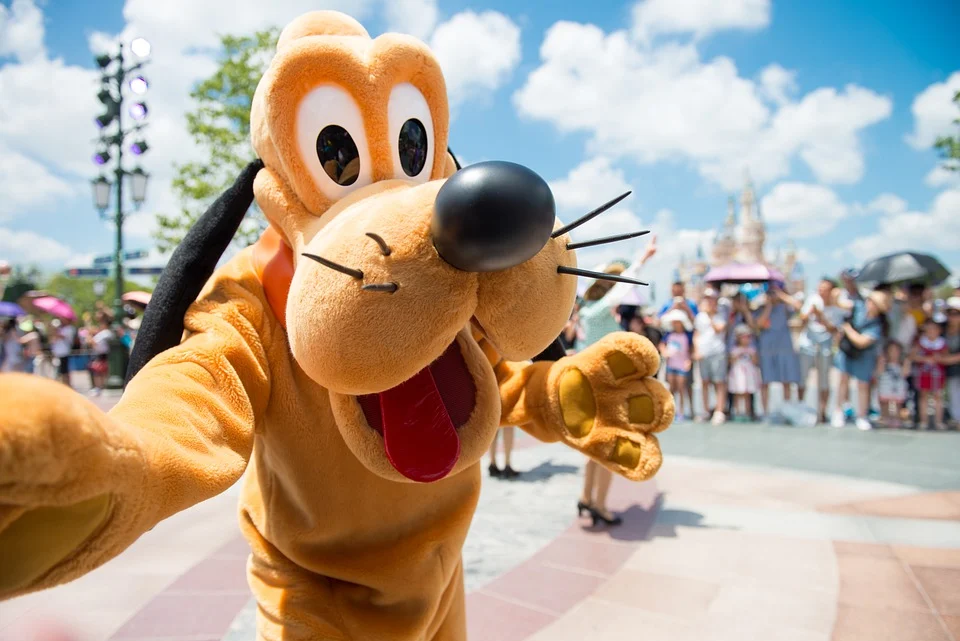Mascots have long played a significant role in building interest, loyalty, and brand recognition. Be it in sports or retail, a mascot’s job is a combination of acting, mime, clowning and being an athlete.
Contrary to what most people think, performing as a mascot takes practice and patience in order to build great performances that engage not only kids, but also adults.
We’ve gathered some useful tips that you can follow if your goal is to become a great mascot performer:
1. Don’t let the public see you change into your costume.
Also don’t let anyone see you take off any of your costume elements even during your breaks since this is important because you don’t want to ruin the grand illusion of your mascot character.
2. It’s necessary to exaggerate all of your gestures and movements.
We’re talking about how you walk, how you show emotions, waving – all these things need to be grand and bigger than life. Remember that your costume is large – it has a big head, big hands and big feet, and so you need to have exaggerated gestures if you don’t want your message to get lost on the audience. Lift your feet high when you walk, wave with your entire arm, and so on.
3. Manifest the emotions you aim to portray.
Keep in mind that you’re wearing a costume which makes it hard to communicate emotions. You can’t show any facial expressions except what’s already built into your costume. So what that means is you’ll need to use your body to express your emotions of sadness, surprise, happiness, shyness etc. For example, you can clap your hands to show you’re happy, or hunch over your shoulders to show you’re sad.
4. Make sure you have enough energy for the entire performance.
Performing as a mascot entails a lot of energy and your audience will expect you to stay in your character for the duration of your “show.” So you need to pace yourself, conserve energy and don’t start at your maximum energy output.
5. Respect everyone.
Remember that every person is different and will probably react differently to you (as a mascot). Mirror the person’s behavior and if they prefer not to interact with you then it would be a good idea to back off and move on to the next person.
In line with this, you should also approach each age group appropriately. Little kids may be shy or frightened seeing a huge mascot so crouch down low and try to get them to feel comfortable. If they still seem intimidated, you may need to back off.
6. Connect with other mascots and performers.
You can search for those who are in your area through groups, forums and social pages. Other mascots especially those who have been doing it for a long time now can always share valuable information and tips that can help you greatly.
7. Take care of your health.
Keep yourself hydrated before your performance and build your body’s energy stores by eating carb-rich foods a day prior. Eating nutrient-rich fruits and protein sources should also be done regularly.
